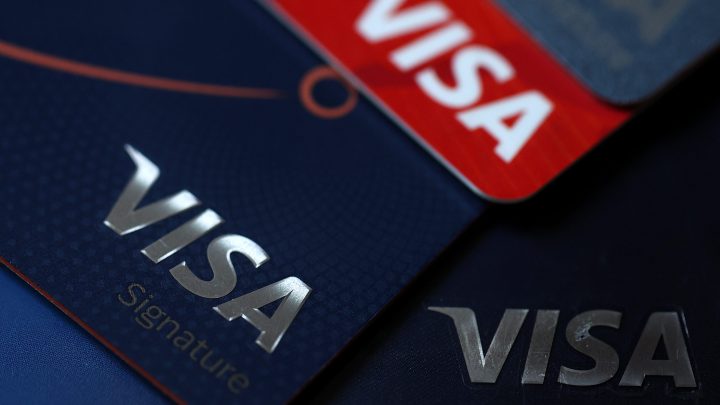
Larger credit card issuers charge higher rates than smaller ones
Larger credit card issuers charge higher rates than smaller ones

There is a cost to buying things on credit. How big that cost is depends on who provides the credit.
A report published Friday by the Consumer Financial Protection Bureau finds that the biggest credit card issuers in the U.S. charge higher interest rates and fees than smaller banks and credit unions do. The agency found the median interest rate offered by a large issuer to a customer with good credit was 28%. Compare that with the 18% rate from a smaller issuer. Yet the largest companies tend to dominate the credit card market.
One reason: Credit card companies with names you’ve heard of have a big advantage: You’ve heard of them.
“The more you know about a particular brand, the better in your mind the advantages and benefits of using that brand,” said Neel Das, a professor of marketing and supply chain management at Appalachian State University in North Carolina.
He said big banks and credit card companies are good at getting in front of us by bombarding us with mailers and other ads. That’s one reason customers will sign up for their credit cards even if their rates are high.
A prospective customer “might say, ‘They might charge more, but it’s what I know. I think I feel safe with that,’” Das said.
Customers might also pay attention to a card’s introductory interest rate, which might be excitingly low, and they’ll skim over what it’ll turn into after a year or so. Or they might already have a checking account with a big bank and want to get a credit card with the same company.
But there’s a cost.
“We’re seeing consumers paying a lot more in interest,” said Julie Morgan, associate director of research, monitoring and regulations at the Consumer Financial Protection Bureau. “Consumers paid $105 billion in interest in 2022 alone. That’s huge.”
About half of U.S. credit card users revolve, which means they don’t pay down the whole balance at the end of the month. They’re the ones who will feel the pain of those higher rates, said Claire Greene, a payments risk expert at the Federal Reserve Bank of Atlanta.
“When you look at the cost of credit cards, there’s a large difference between people who pay off every month and get points, maybe a free airplane ride once in a while, and people who revolve and are paying interest rates,” Greene said.
And once people get used to a particular credit card, they often don’t want, or just can’t be bothered, to switch to another.
“One thing we find generally about payments behavior is it’s a habit,” she said. “And all our habits, as we know, are incredibly sticky.”
So, before choosing a card, marketing professor Neel Das suggests looking at the whole package, not just a familiar name.
There’s a lot happening in the world. Through it all, Marketplace is here for you.
You rely on Marketplace to break down the world’s events and tell you how it affects you in a fact-based, approachable way. We rely on your financial support to keep making that possible.
Your donation today powers the independent journalism that you rely on. For just $5/month, you can help sustain Marketplace so we can keep reporting on the things that matter to you.











